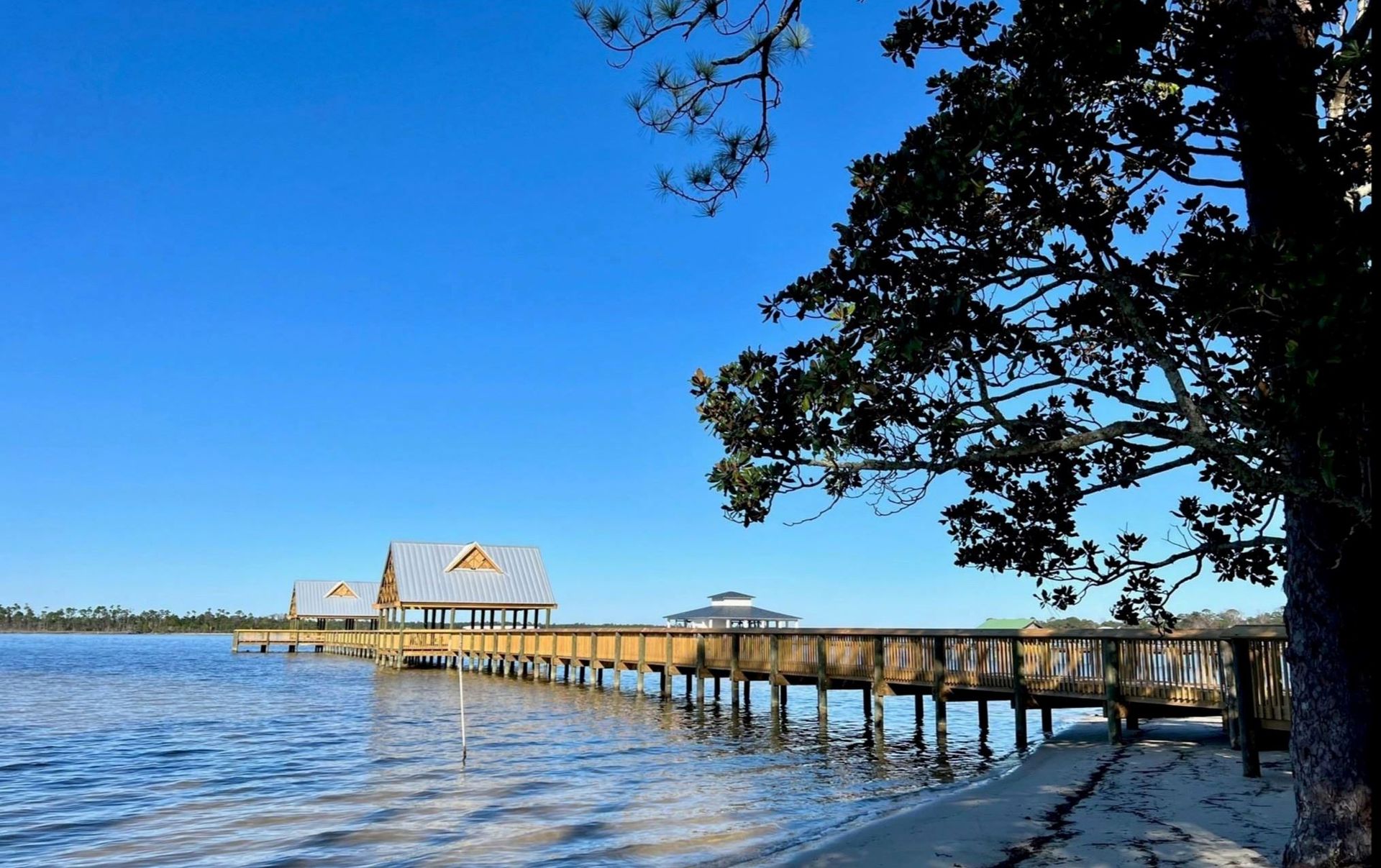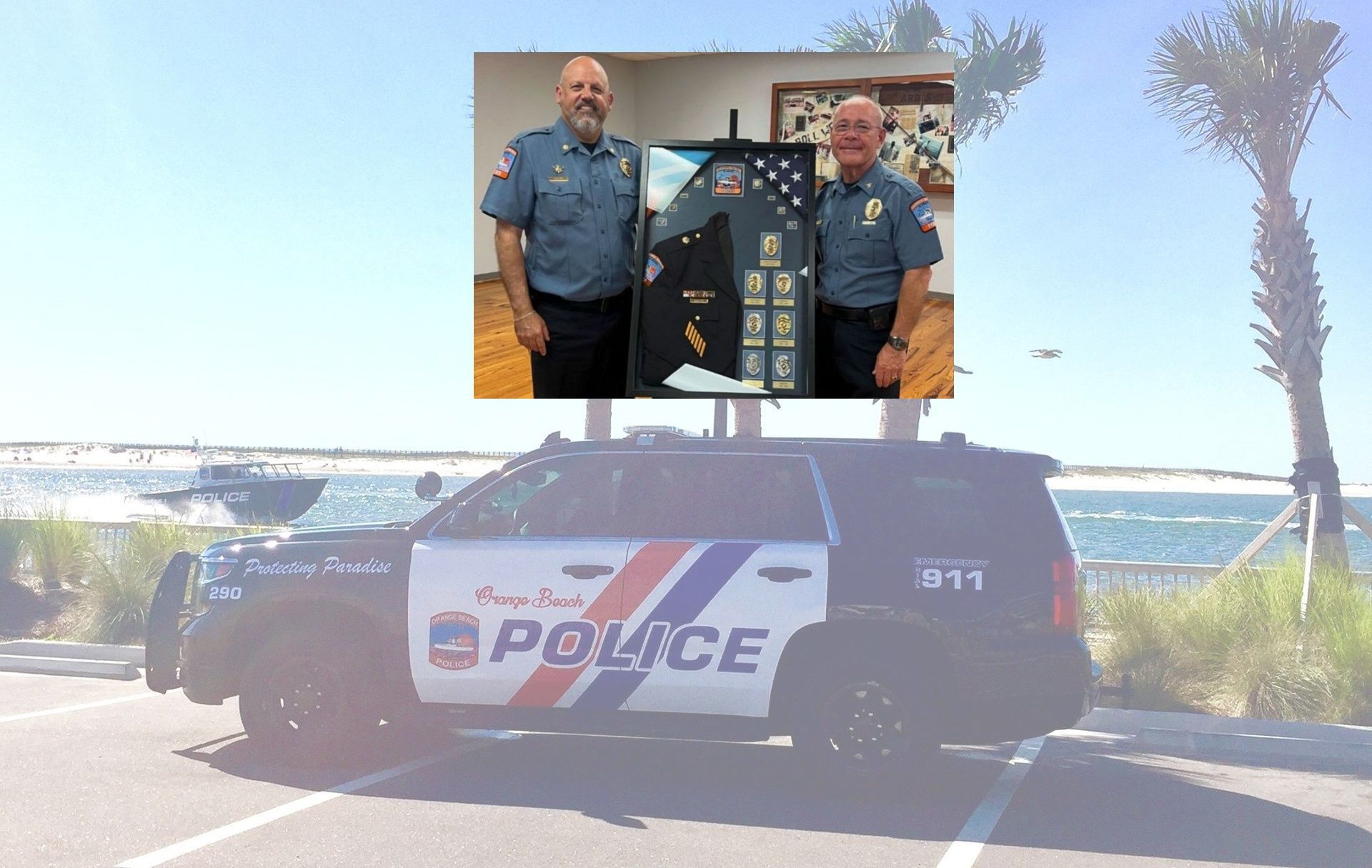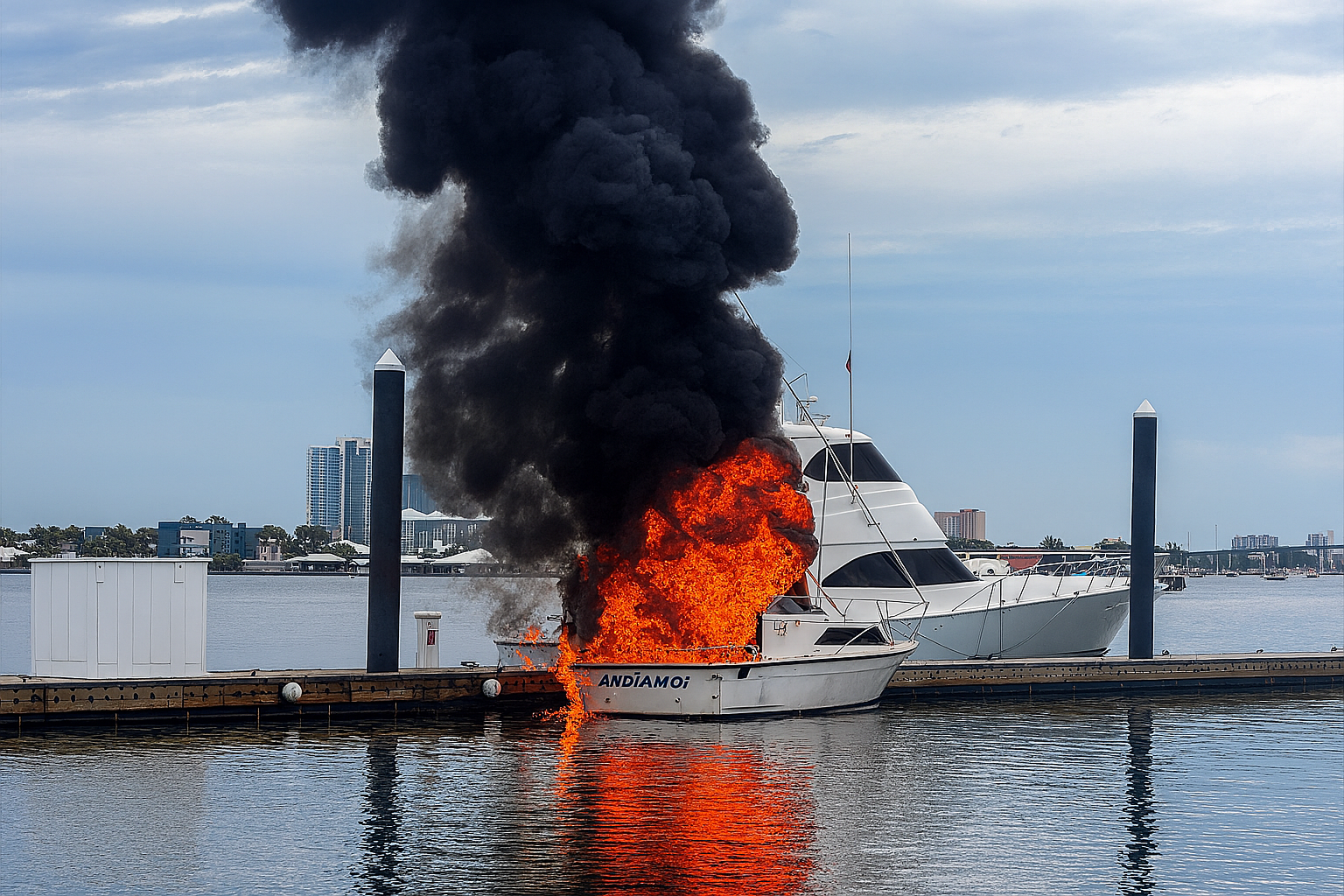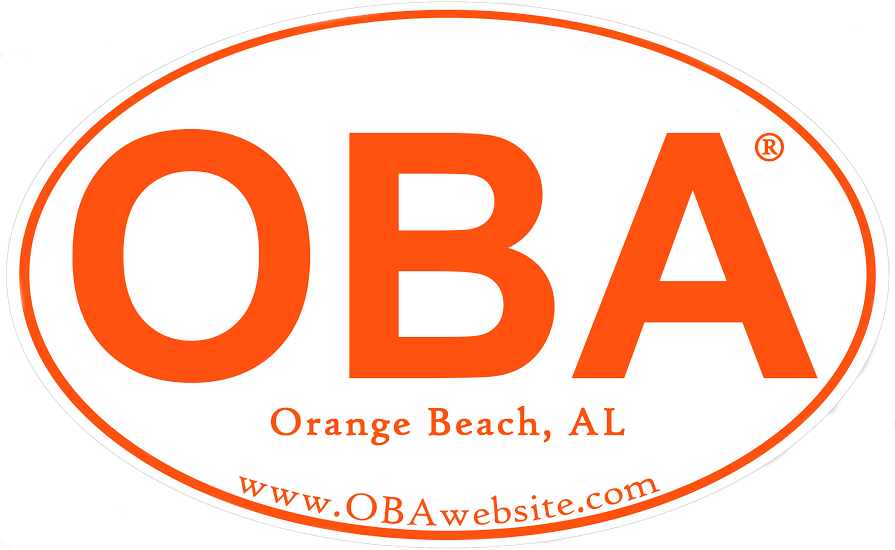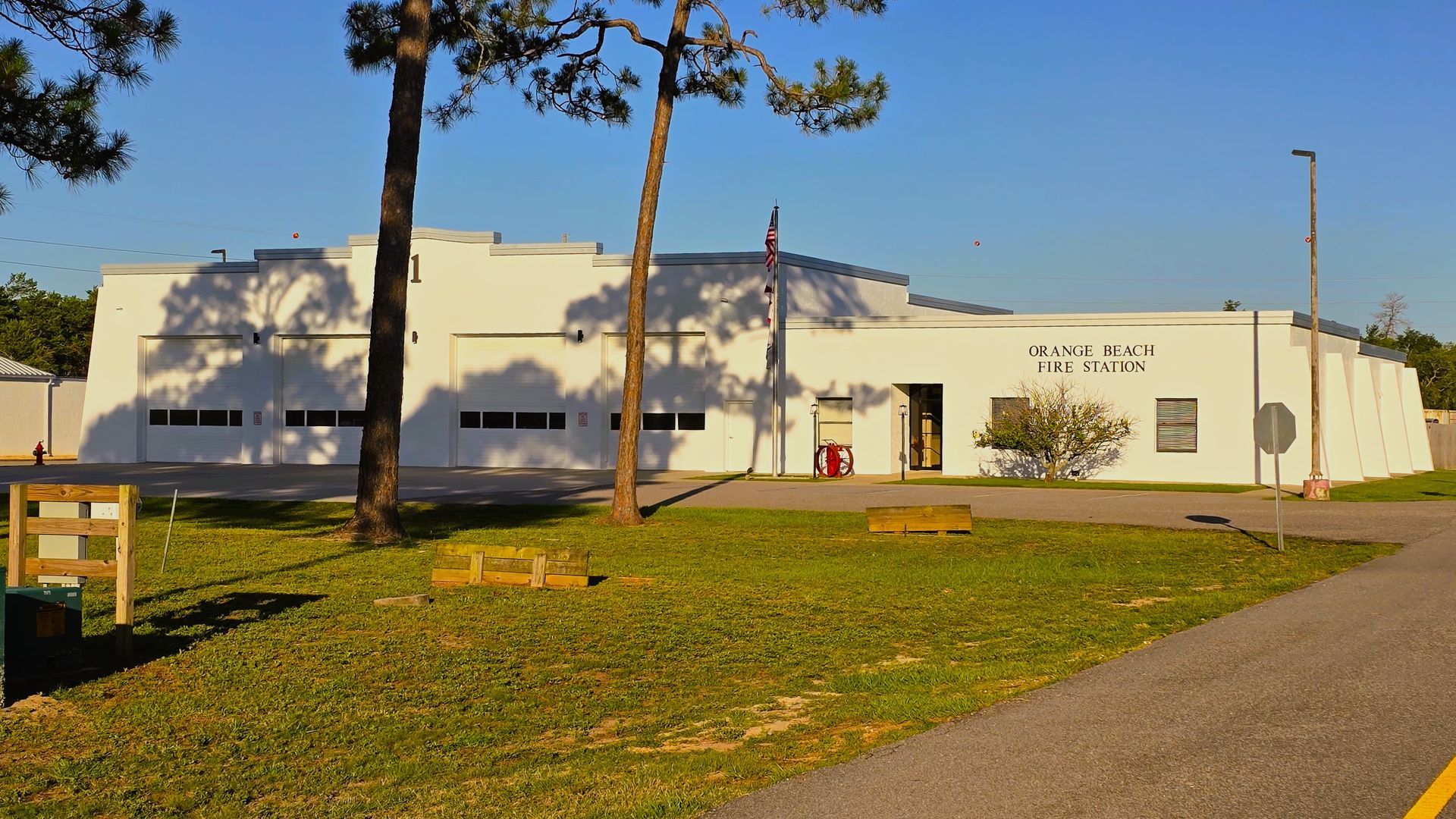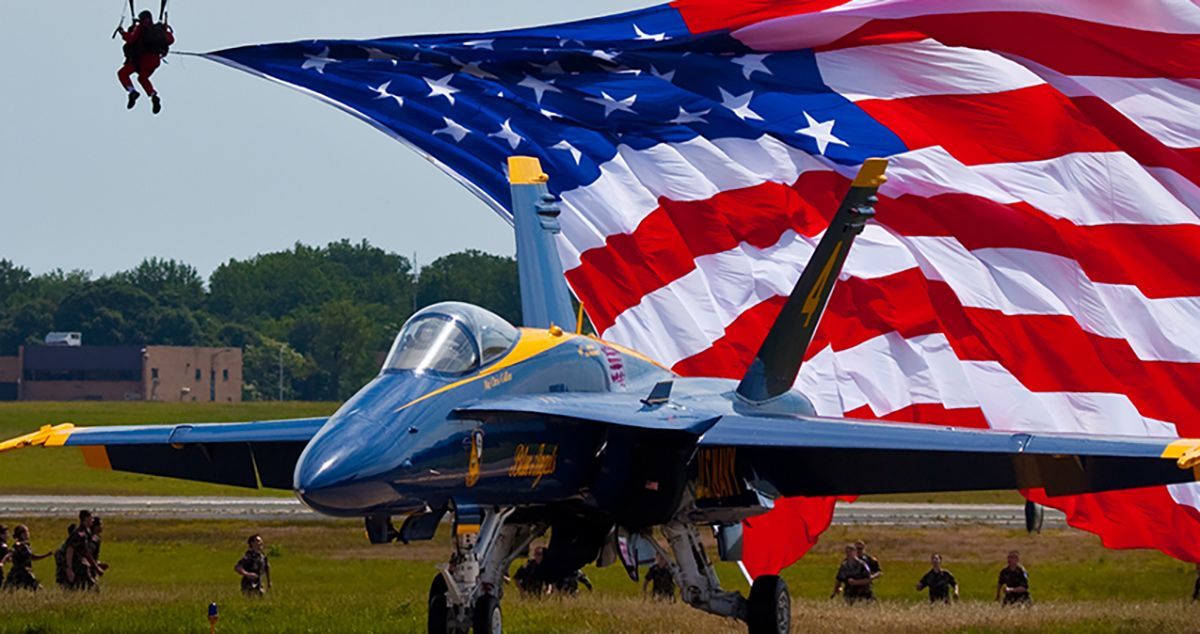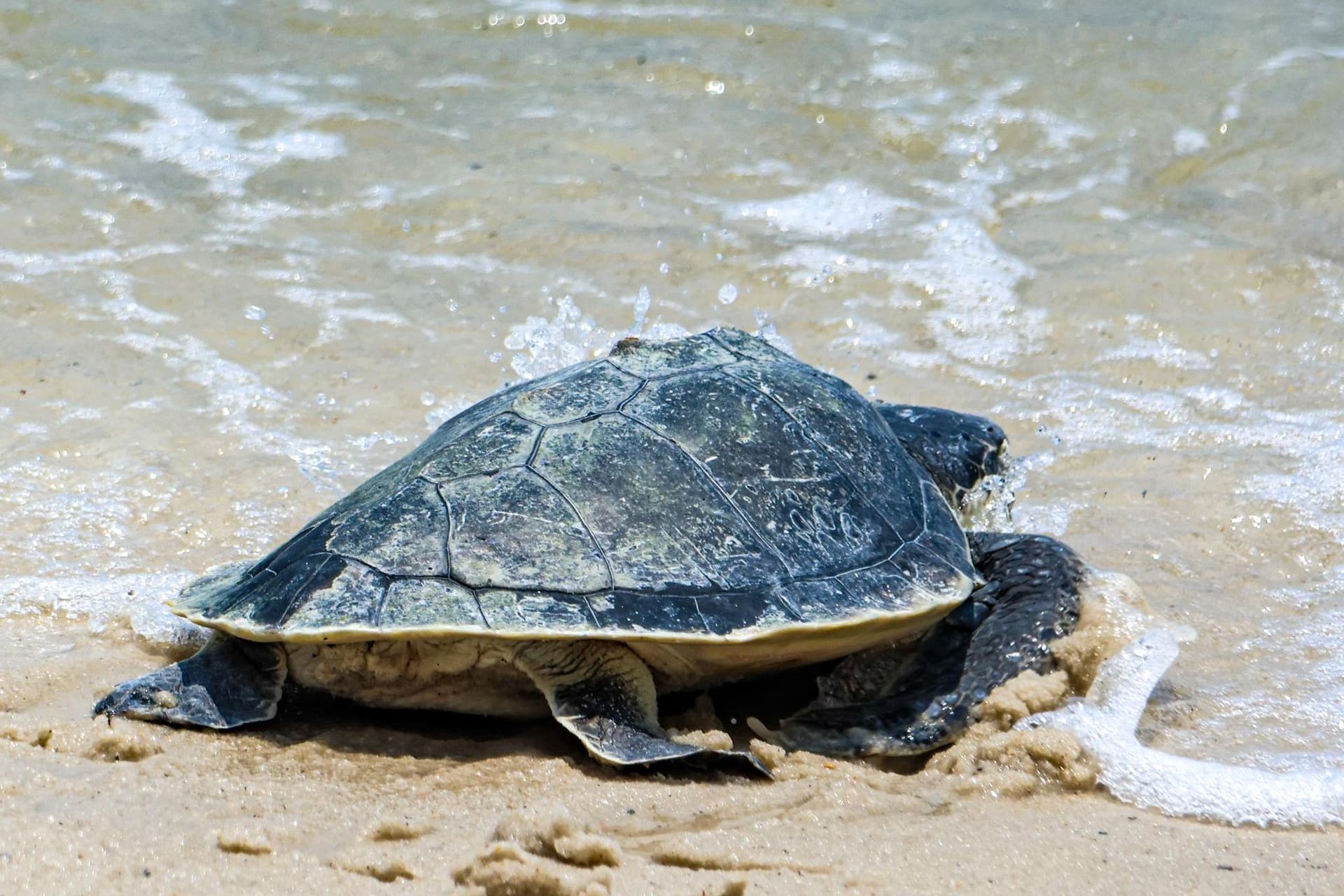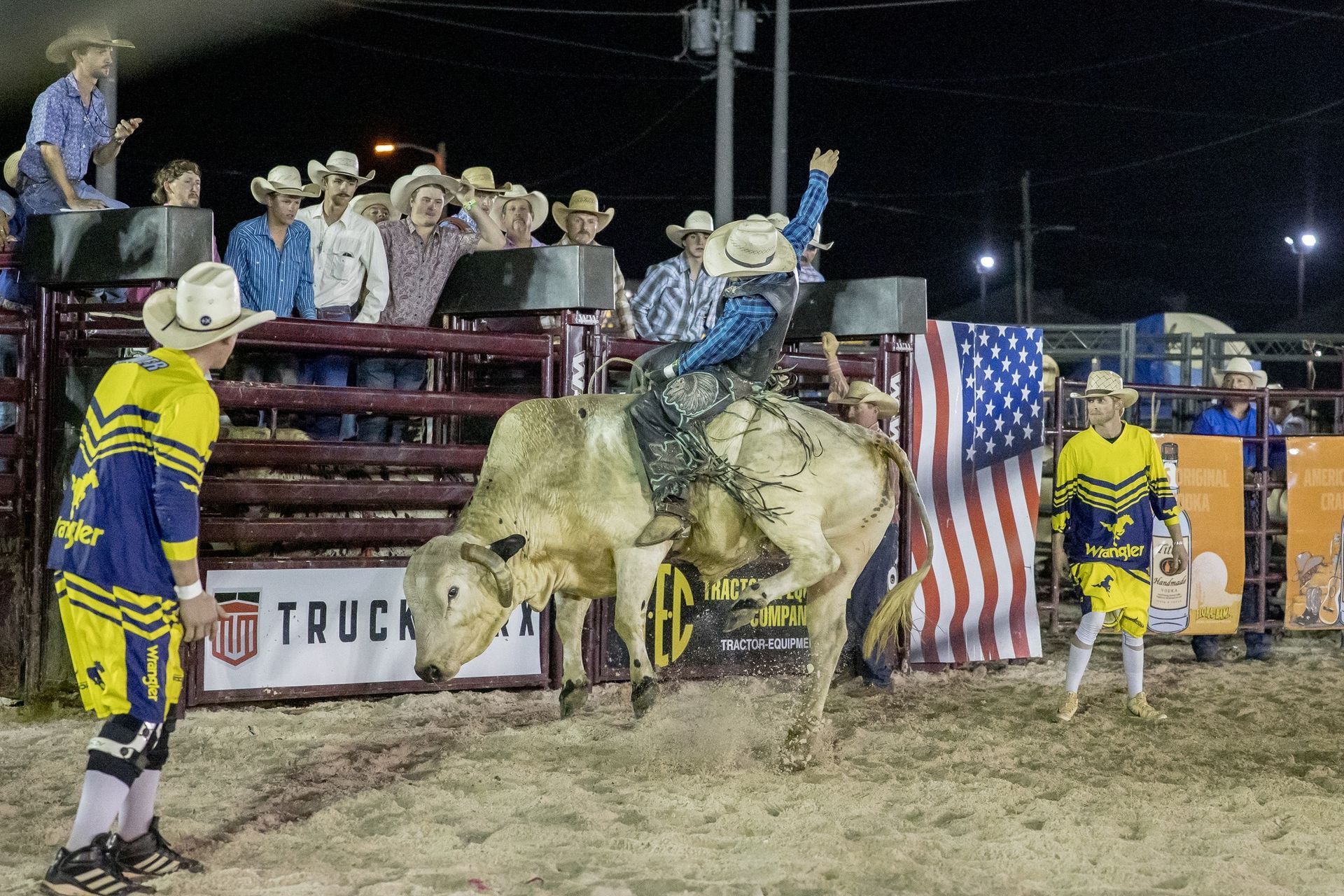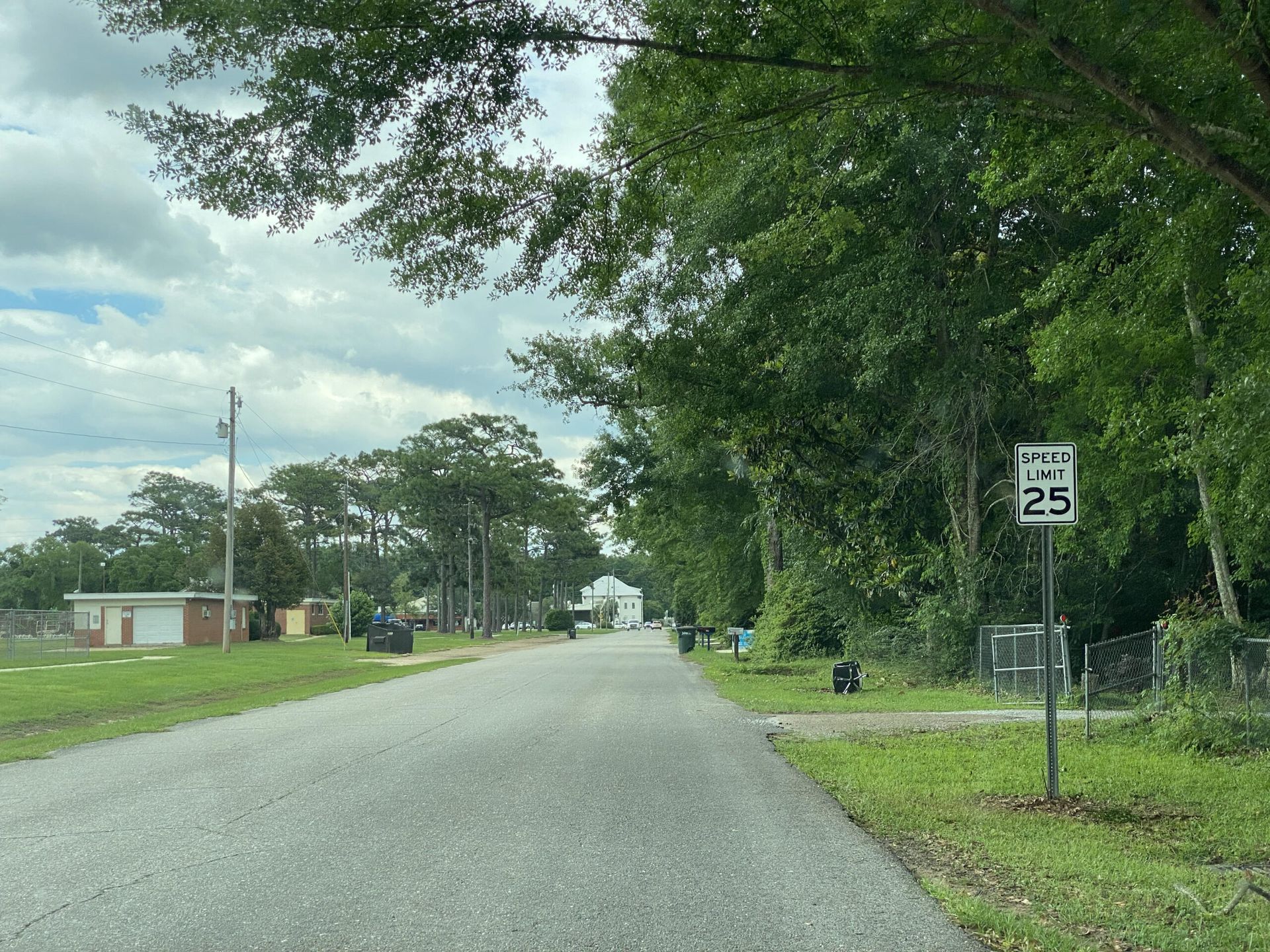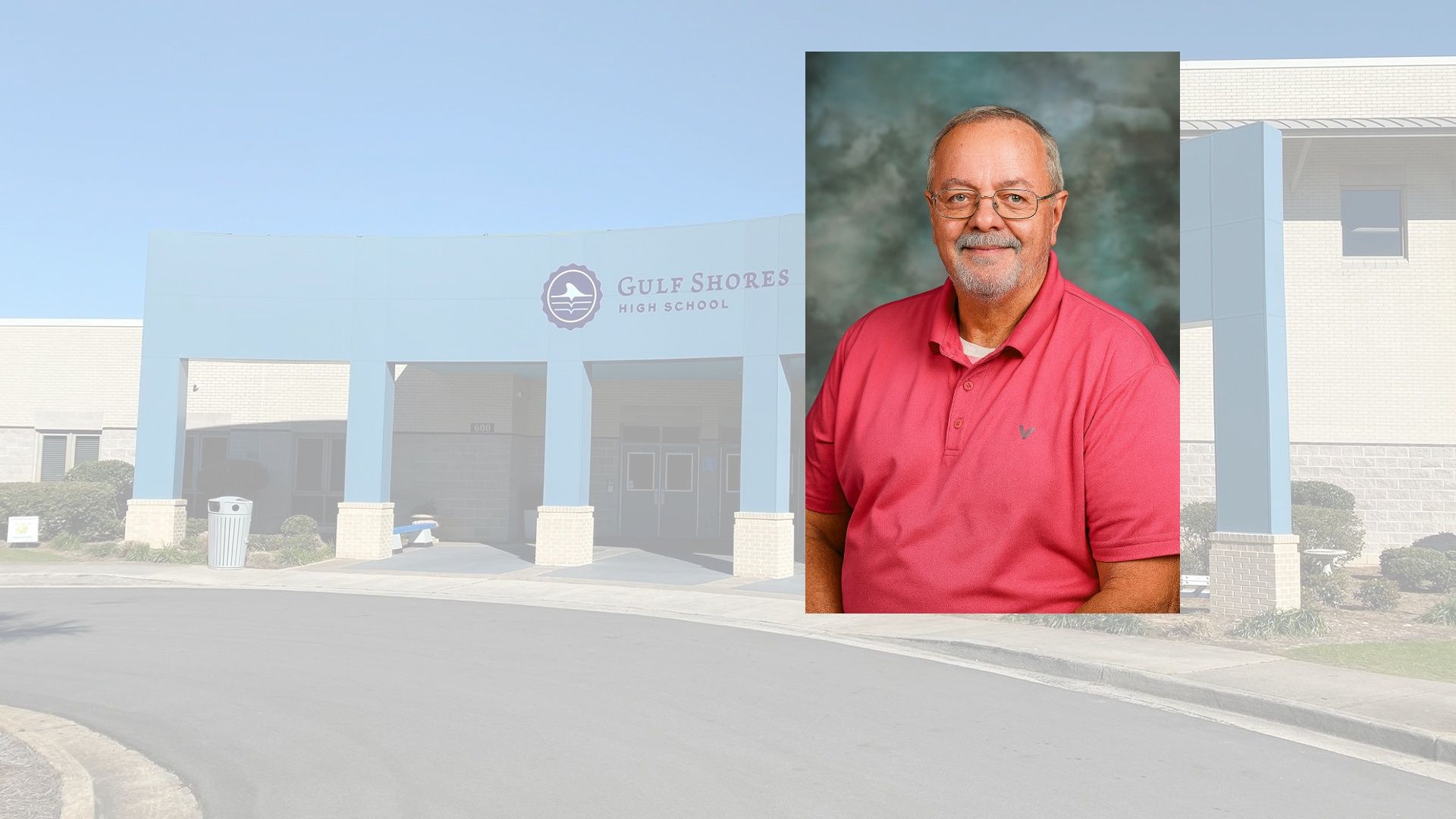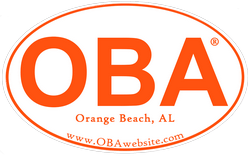Gulf Shores seeks grant to highlight Native American history
Prehistoric canal was dug to connect Oyster Bay and Little Lagoon
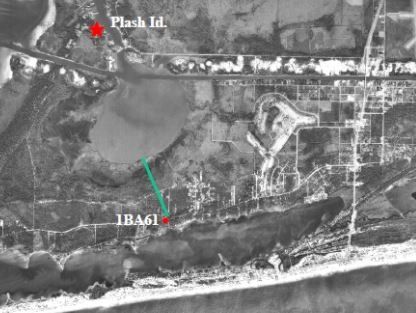
Gulf Shores, Ala. – (OBA) – Gulf Shores is taking aim at a $50,000 historical grant to help highlight an Indian Canal that was constructed more than 1,400 years ago connecting Oyster Bay to Little Lagoon creating an important trade route that saw use by Indians around the country.
But there are other sites in the area the city Director of Recreation and Cultural Affairs Grant Brown hopes to be able to highlight as well.
“There are also some great historical finds in our region and we’re trying to figure out a way to tell that story,” Brown said. “Hopefully, we’ll get it. I feel like we probably have good grounds to get it but we don’t know yet. We won’t know until March. Up to $50,000. It’s put up by the National Trust for Historic Preservation. Grants in the program are from $25,000 to $50,000 levels so we asked for the $50,000 level.”
If the grant effort is successful, Brown says the city will use the money to hire consultants to help the city decide how it wants to highlight the canal and other Native American historical sites in the city.
“It would allow us to hire professionals to help us create an interpretive plaza to tie in all the Native American and indigenous people’s history to our area,” Brown said. “It’s really planning money. If we get the grant all we’re going to be able to do is plan to build things like signage, interpretive positions, a trail, brochures and whatever it ends up looking like. Until we have a plan, we really don’t know how much it’s going to cost to build out. Everything starts with a good plan and that’s what we’re trying to get – planning money.”
Parts of the canal are on city property, George C. Meyer Foundation land and State Route 180 rights of way in the area and parts are on private lands. Brown says the city will look at using Mo’s Landing boat launch area on the north bank of Little Lagoon to highlight the Indian history of the area.
“Our concept would be to develop over at Mo’s Landing which is an area that’s already got parking, it’s got restrooms, it’s a park, it’s on city property to maybe use that,” Brown said. “The reason we’re getting the grant is to try and get professionals make these decisions. I’d like to see the interpretive plaza built there at Mo’s Landing that tells the story of the region and then put access and markers at certain locations so that people could venture to those specific spots. But have the major infrastructure, if you will, the gazebo and some signage at Mo’s Landing.”
But, Brown says, that will depend on the feedback the city gets from the consultants they hope to hire with the grant.
“We’ll hire somebody that does these types of things like the people who helped do the Civil War trail down here,” Brown said. “There are people out there that do these kind of projects. Maybe it can become part of a higher education agency or entity or a project for one of the schools. Who knows where this is going to go? We’ll cross our fingers, hope we get selected and move forward.”
The original canal was a half mile long and about 30 feet wide and six to eight feet deep, scientists believe. Local amateur archeologist Harry King began the effort to find and get the canal recognized and filmmaker Tommy Wier was in Gulf Shores in January of 2020 to film a presentation by Dr. Greg Waselkov of South Alabama who is leading a study about the canal.
Wier said the canal was used to gather food in Little Lagoon where there is evidence of it being processed on the banks where volunteers discovered mounds of debris from fish and crab and other marine life. It was also a major trade route. His film is titled “Another River to Cross – the Alabama Indian.” It explores three eras of Indians in the state and the portion on the canal is about one-third of that movie.
“It’s amazing to me that they found so much evidence from other places,” Wier said. “They would travel down the Mississippi and cross Oyster Bay and Mobile Bay and trade with the Indians here. They’d leave artifacts that they brought from Minnesota and Missouri and Montana and all these other areas. It’s a fascinating story about these settlements.”
For more information about King’s efforts on the canal and other historical sites in Gulf Shores and Fort Morgan visit his website indiancanal.com.
Share this article w/ Friends...
